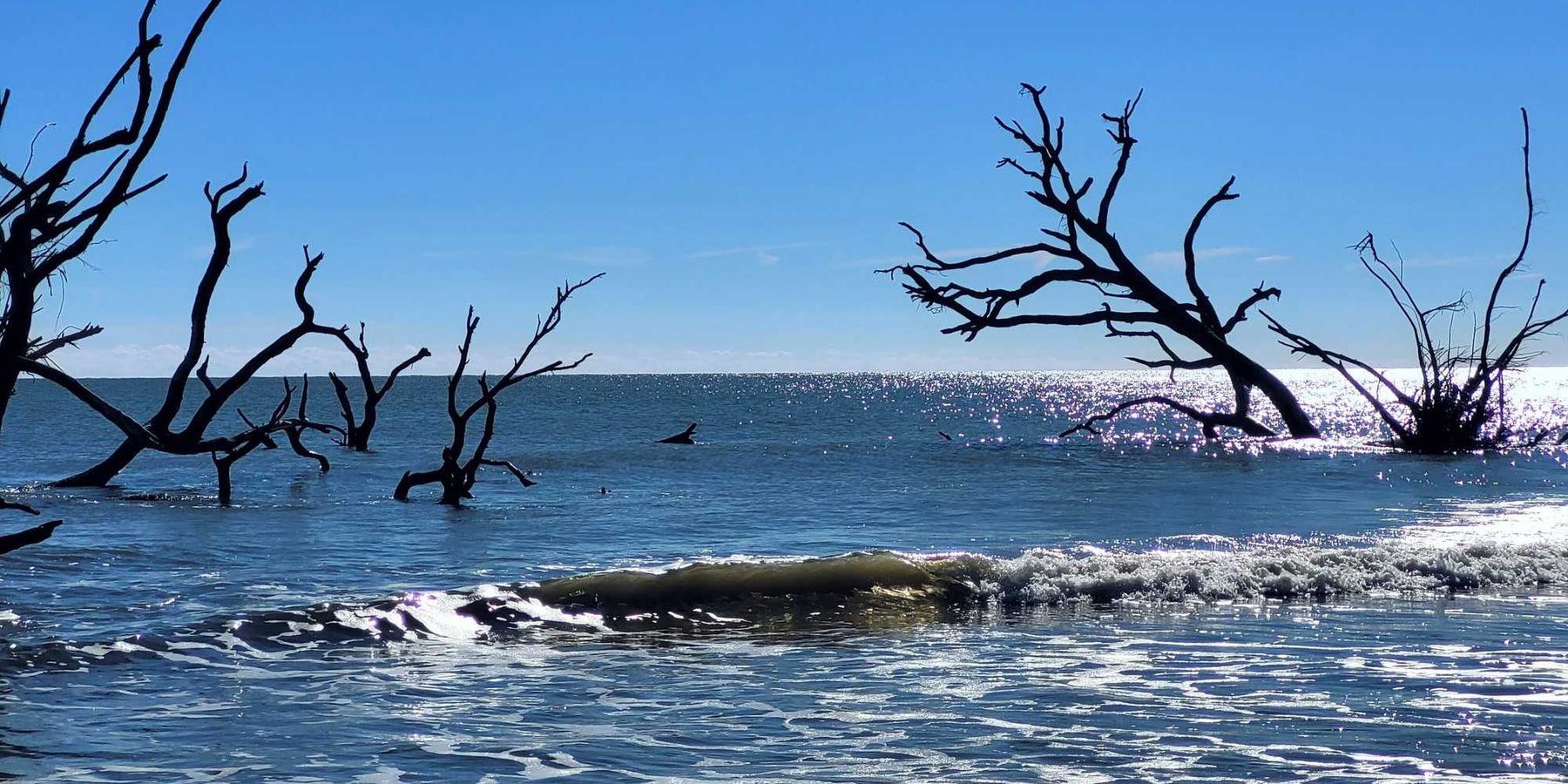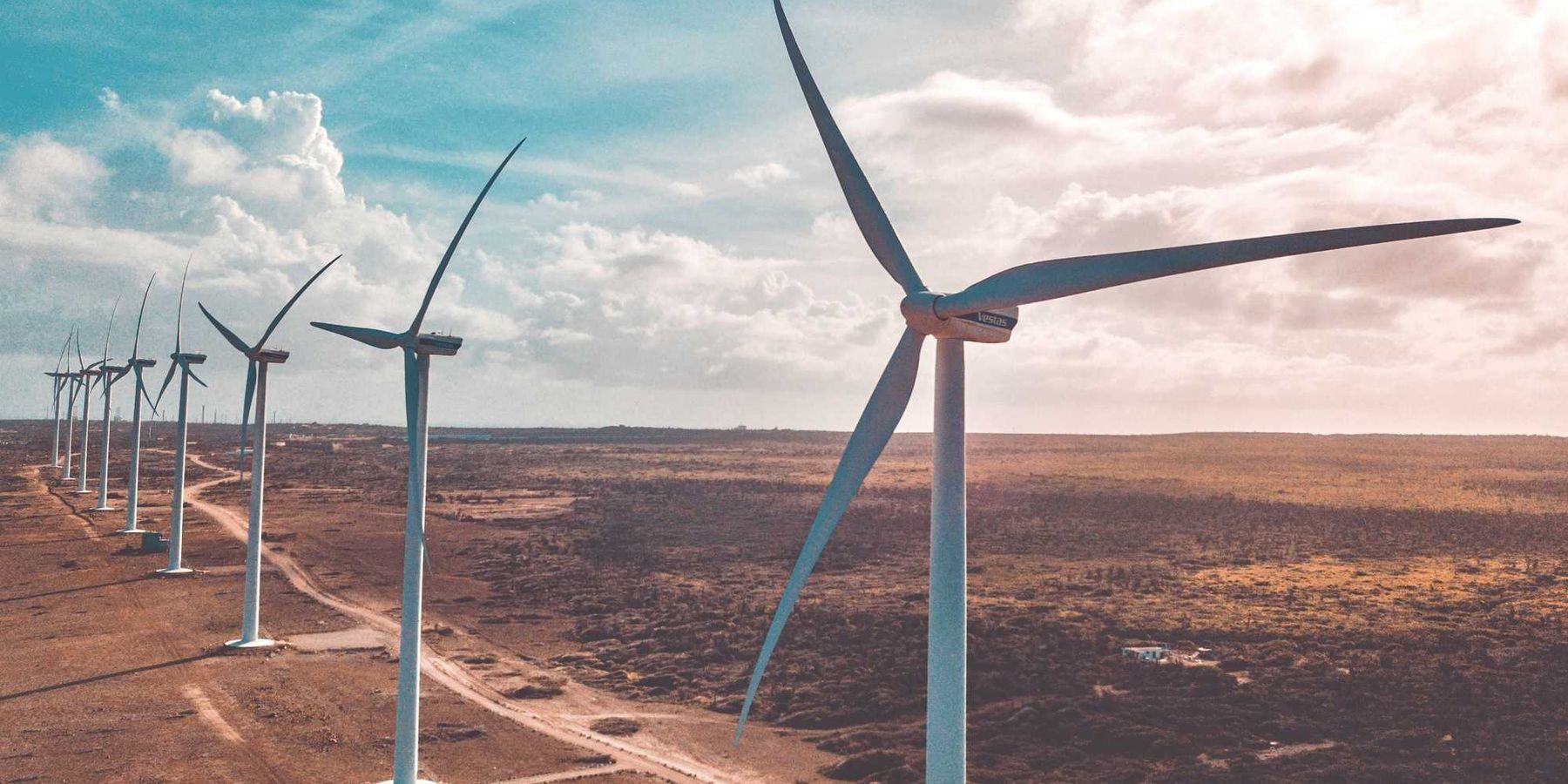
EPA's chemical safety rule tests the Biden administration’s commitment to environmental justice
"Cure never happens, prevention never happens in a community where people are sacrificed for others’ gain."
In christening a new office of environmental justice, Environmental Protection Agency Administrator Michael Regan proclaimed on Sept. 24 that “underserved and overburdened communities are at the forefront of our work.”
A stern test of that proclamation began just two days later. On Sept. 26, the EPA held the first of three virtual listening sessions on the Biden administration’s proposal to strengthen its chemical disaster rule. Many safety measures were gutted by the Trump administration’s EPA, which was run by coal and chemical industry lobbyists. During the Trump administration, polluters were relieved of the need to tell the public what chemicals they store, to conduct analyses of safer technologies, to seek third-party audits after accidents, or conduct root-cause analyses of any underlying, systemic reasons an accident occurred.
From the listening session, it was clear that while Regan and President Biden talk a good game about elevating environmental justice to an unprecedented pedestal in federal priorities, their revisions of chemical safety rules remain far from satisfactory to many in the communities that suffer some of the most debilitating daily emissions, the ever-present risk of explosions and spills, and society’s general silence over decades of racist and classist industrial dumping.
Nicole Coggins of Louisville, Kentucky, spoke during the session as a parent who lives a mile from the industrial district nicknamed “Rubbertown.” The district’s factories, according to the city’s website, “produce a wide variety of chemicals and materials, employ hundreds of people and bring millions of dollars into the local economy.” But for Coggins, though, and for many in the local grassroots group REACT (Rubbertown Community Action), Rubbertown spews a stench so bad that it constantly envelops their neighborhood and seeps into their houses.
Coggins said she can’t open the windows because that would let in even more foul odors and that the neighborhood stunk on the very day of her testimony when she sent her boys off to school at 6:30 in the morning. Speaking of those who profit from the industries and saying that the fumes often make her forego her walks in local parks and stop her boys from riding bikes and playing playground basketball, she said, “It is greedy, it is nasty, it is ungodly.”
The EPA proposes to deal with some of the nastiness by reviving third-party audits “for facilities with a bad track record of accidents.” The agency’s proposed rule would require “certain facilities with high accident rates” to undergo analysis to see if they can use safer technologies and alternative methods for their operations. It would seek to enhance employee participation in accident prevention plans and factor in climate change as a risk to facilities.
Pushback from fenceline communities

On Sept. 26, the EPA held the first of three virtual listening sessions on the Biden administration’s proposal to strengthen its chemical disaster rule.
Credit: Brendan O'Donnell/Unsplash
But environmental justice advocates said the proposal should be considered only a starting point. They said the rule’s current language makes it appear that too few plants will face the strongest regulations, that an unsettling number of provisions appear to be mere suggestions with no teeth, and that plants should be sanctioned from the very first accident instead of waiting for them to accrue “high accident rates.”
The most pointed criticism centered around the tiny number of petroleum, coal and chemical manufacturing facilities that might fall under the microscope of safer technology analysis. The EPA says that, for now, it is only focusing on 563 such plants in very dense industrial zones. But there are nearly 12,000 plants subject to federal requirements for chemical safety, known as facilities covered by EPA’s Risk Management Program (RMP).
“Requiring safer alternatives is one of the best ways in this rule to reduce cumulative impacts disproportionately impacting communities of color,” testified Stephanie Herron, national organizer for the Environmental Justice Health Alliance for Chemical Policy Reform (EJHA). “EPA’s draft rule implies to me that you know this, yet you are only requiring safer technologies alternatives assessment at about five percent of RMP facilities–and even at those few you aren’t requiring the safer alternatives to actually be implemented. All facilities should be required to assess for and implement safer alternatives.”
The EJHA and Coming Clean recently released a report profiling three chemical plant fires and explosions that occurred in the span of just a two and a half weeks last January, in New Jersey, North Carolina, and Louisiana. These explosions were three of the approximately 150 annual accidents at chemical plants that cause some $477 million in damages each year. My UCS colleague Genna Reed wrote in August that there have been more than 1,500 chemical releases or explosions at facilities under the RMP in the past decade, taking at least 59 lives and injuring 17,000 people (UCS is part of a coalition pushing for more chemical plant safety, was one of the parties that spoke at the listening session, and has written a useful guide for community members and others wishing to submit a public comment on this rule).
Given the large number of accidents, and the fact that a third of U.S. residents live within three miles of a high-risk chemical facility, there were also repeated calls at the listening session for the EPA to more seriously investigate “near-misses” of incidents that could have been catastrophic; to take more seriously the poisonous and flammable fumes of ethylene oxide; to situate ambient air monitors in communities to provide real-time assessment of risk from toxic plumes; to mandate real-time disclosure to communities of industrial incidents; to protect workers’ anonymous reporting of unsafe conditions; and to require companies to have backup power plans to help protect against the effects of extreme weather and overloads of the electricity grid.
“Voluntary measures are useless”
Nearly everyone said the administration must work harder to prevent accidents in the first place. Advocates such as Maya Nye of West Virginia’s People Concerned About Chemical Safety and Harley Stokes of the BlueGreen Alliance of labor unions and environmental groups, repeated the mantra, “voluntary measures do not work.”
Voluntary measures are exactly what industry wants. Oblivious to the pleas for protection, Trevor Hampton, a representative of the American Chemistry Council, panned the Biden administration’s proposed rules as “unwarranted and unduly burdensome.” In August, the council said the proposed rules will “impose a scattershot approach of complex, unnecessary regulatory mandates.” Other trade associations, representing some of the nation’s most polluting industries, are carpeting the EPA with letters begging for a four-month comment period instead of the traditional two-month window. The bald-faced delay tactic is being led by the American Petroleum Institute, the Fertilizer Institute, the National Association of Chemical Distributors, and American Fuel & Petrochemical Manufacturers.
Of course, these industries would have everyone forget that former American Chemistry Council lobbyist Nancy Beck, and former Dow Chemical managing counsel David Wright, were appointed by President Trump to respectively defang the EPA’s chemical safety and pollution prevention division and the land and emergency management office. For all of the passionate, and even tearful testimony by people from fenceline communities next to toxic facilities, it cannot be forgotten that industry is working mightily behind the scenes to blunt any new regulation.
Last year, Biden’s first year in office, the American Chemistry Council spent a record $16.6 million in lobbying and is on track to match or break that this year. And with so many facilities to politically protect, from those near urban ports to those in rural communities, the council divides its campaign contributions fairly evenly among Democrats and Republicans, according to Open Secrets.
That makes it a very open question as to whom the EPA is really listening to in these listening sessions as it solidifies its final rule in the coming weeks. Dora Williams of Delaware Concerned Residents for Environmental Justice said, “I’m 73 years old and I’m from the generation where an ounce of prevention is a pound of cure. Cure never happens, prevention never happens in a community where people are sacrificed for others’ gain.”
That statement should sear the Biden administration. The test of its true commitment to environmental justice has now begun.
Derrick Z. Jackson is on the advisory board of Environmental Health Sciences, publisher of Environmental Health News and The Daily Climate. He's also a Union of Concerned Scientist Fellow in climate and energy. His views do not necessarily represent those of Environmental Health News, The Daily Climate or publisher, Environmental Health Sciences.
This post originally ran on The Union of Concerned Scientists blog and is republished here with permission.













